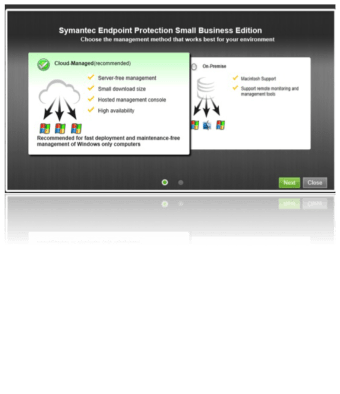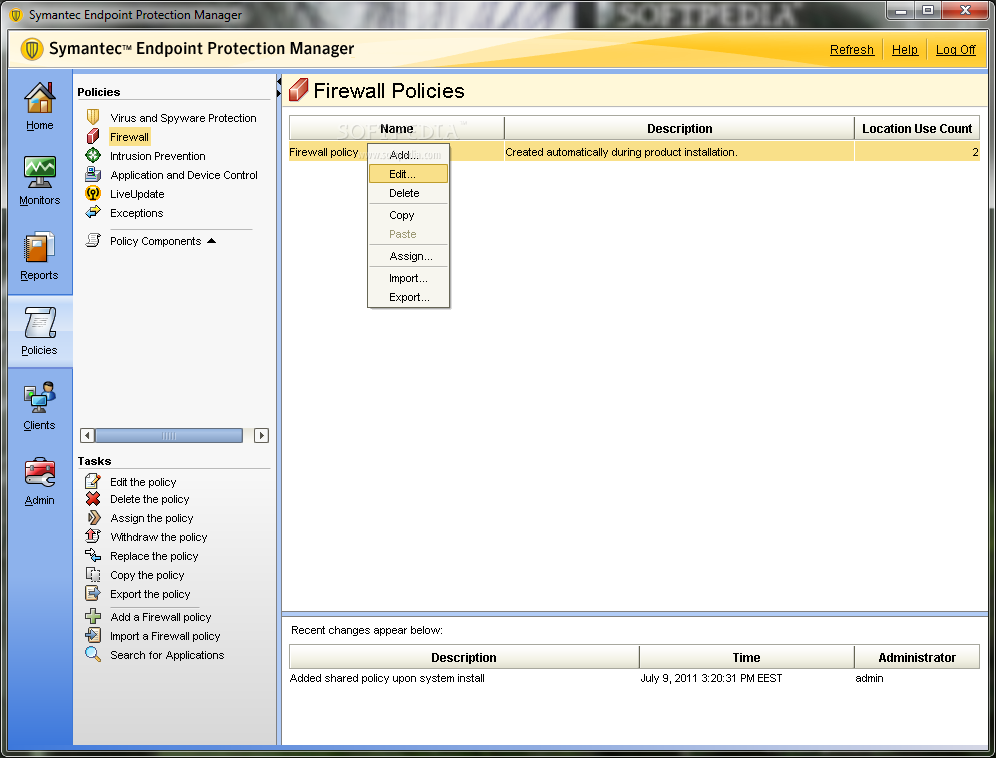

The MSI string changes with every new SEP release, in this method you don't have to mention MSI string. If you wish to uninstall through another cmdlet the below can be followed. DLL: C:\WINDOWS\Installer\MSI14D.tmp, Entrypoint: CustomAction_SxsMsmCleanupġ: sxsdelca tried opening key w/o wow64key 2: Software\Microsoft\Windows\CurrentVersion\SideBySide\PatchedComponents 3: 672 4: 0ġ: sxsdelca tried opening wow64key 2: Software\Microsoft\Windows\CurrentVersion\SideBySide\PatchedComponents 3: 680 4: 0 MSI (s) (0C:34) : Invoking remote custom action. MSI (s) (0C:20) : Doing action: SxsUninstallCA

The uninstaller is trying to find some keys which are present in a 64-bit operating system, but they do not exist on a 32-bit operating system:Īction ended 13:37:50: InstallFinalize.

Navigate to HKEY_LOCAL_MACHINE\SOFTWARE\Microsoft\Windows\CurrentVersion\Uninstall\.Type regedit to open the Windows Registry Editor.Find the Symantec Endpoint Protection uninstallation product key:.Log on to the computer with administrator rights.

Password-protecting the Symantec Endpoint Protection client DOS Command Prompt Password protection needs to be disabled from SEPM: Note: If a client is password protected, you need to disable it first and then run the script.


 0 kommentar(er)
0 kommentar(er)
